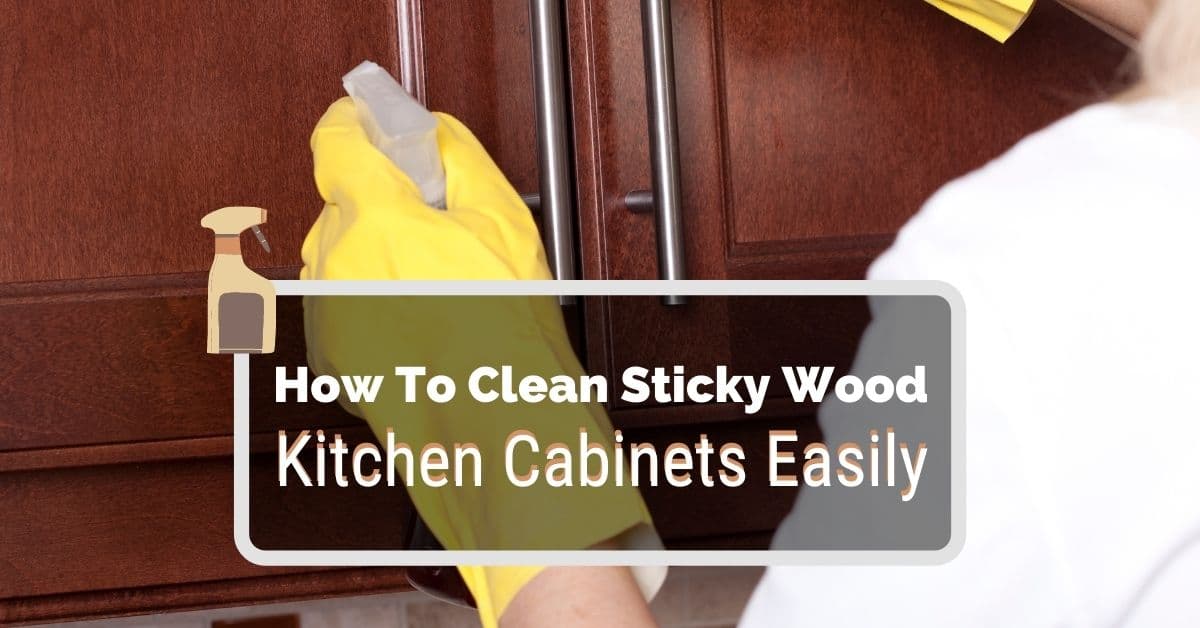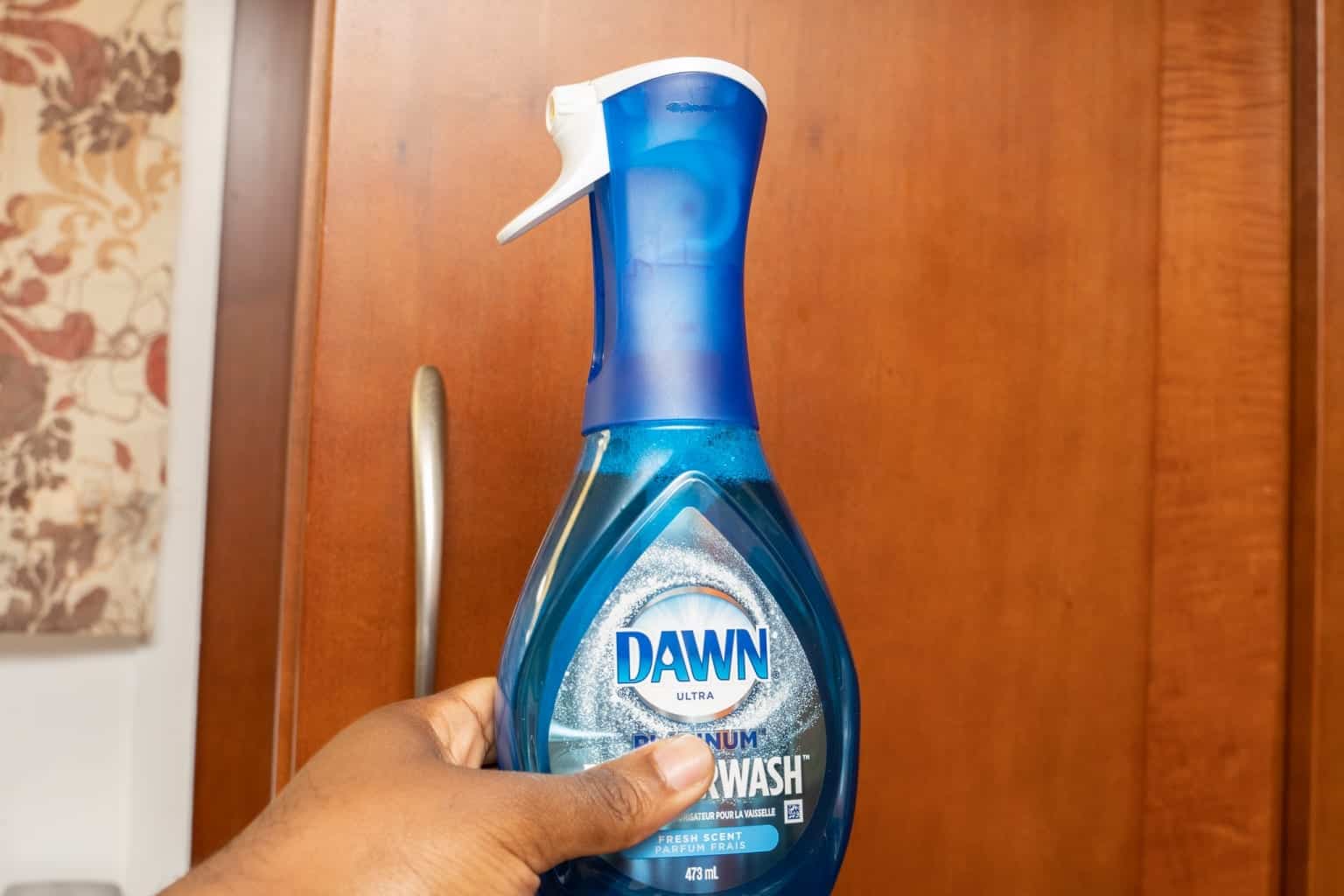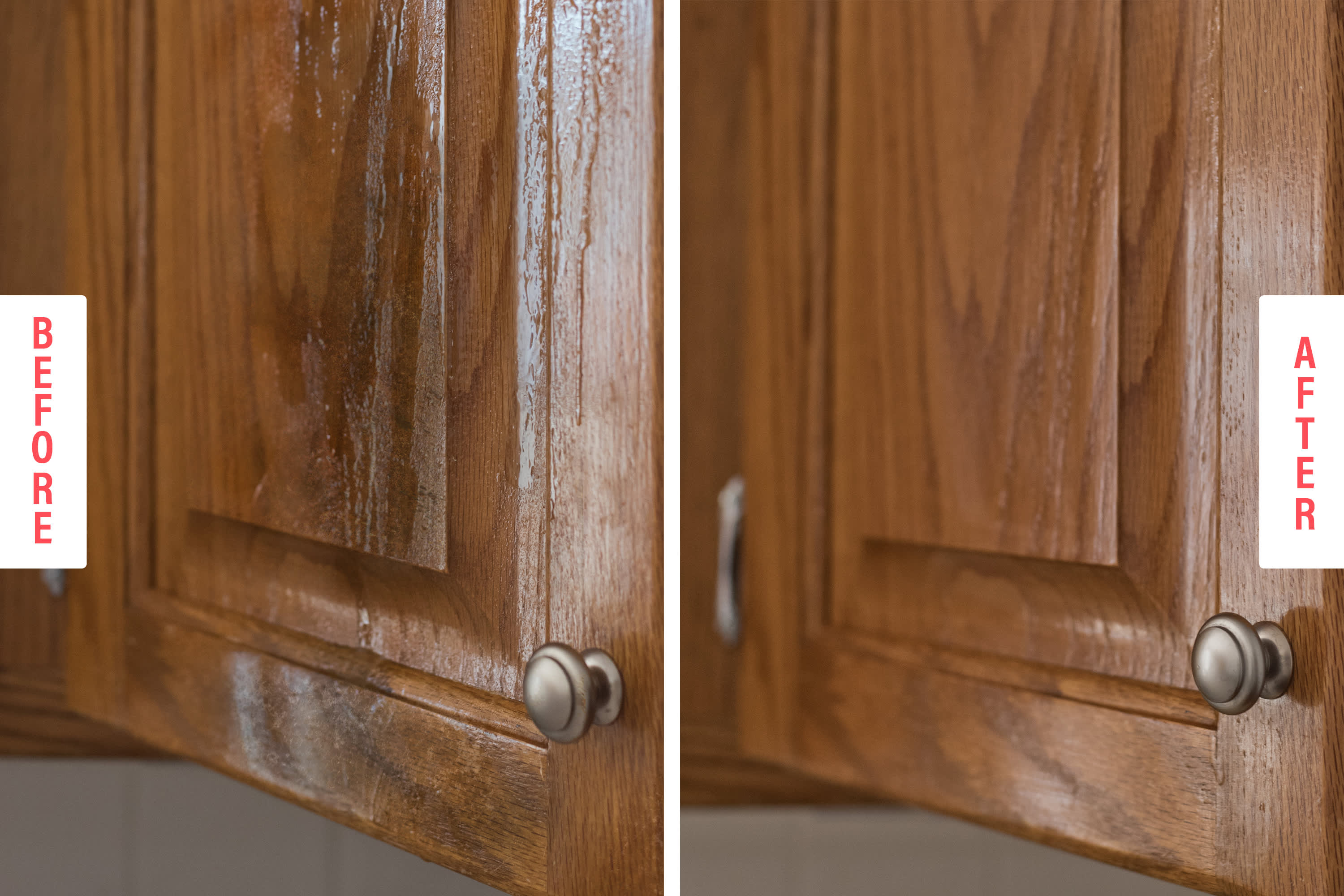Understanding Sticky Cabinets

Sticky kitchen cabinets are a common problem that can be frustrating to deal with. They can make your kitchen look dirty and unappealing, and they can be difficult to clean. The stickiness is usually caused by a buildup of grease, spills, or deterioration of the varnish.
Causes of Sticky Cabinets
The stickiness of kitchen cabinets can be attributed to several factors, including:
- Grease Buildup: Cooking and food preparation often release grease and oil particles into the air, which can settle on cabinets and create a sticky film. This is particularly common in areas near the stove or oven.
- Spills: Accidents happen, and spills of food, drinks, or other substances can leave behind sticky residues on cabinets.
- Varnish Deterioration: Over time, the varnish on cabinets can deteriorate, becoming dull and sticky. This is more likely to happen with older cabinets or those that have been exposed to excessive heat or moisture.
Impact of Wood and Finishes
The type of wood and finish used on cabinets can influence how easily they become sticky.
- Porous Woods: Woods like pine and oak are more porous than others, making them more susceptible to absorbing grease and oils.
- Unsealed Finishes: Cabinets with unsealed finishes are more likely to absorb spills and become sticky.
- Oil-Based Finishes: Oil-based finishes can sometimes become sticky over time, especially if they are not properly maintained.
Cleaning Challenges
Sticky cabinets can present various cleaning challenges, depending on the cause of the stickiness and the type of finish.
- Grease Removal: Removing grease from cabinets can be difficult, especially if it has been allowed to build up over time.
- Staining: Spills can leave behind stains on cabinets, which can be difficult to remove.
- Varnish Removal: If the varnish on cabinets has deteriorated, it may need to be removed and reapplied.
Cleaning Methods and Techniques

Cleaning sticky wood kitchen cabinets requires a methodical approach to ensure both effectiveness and the preservation of the wood and its finish. The following steps provide a comprehensive guide to tackling this common kitchen issue.
Step-by-Step Guide for Cleaning Sticky Wood Kitchen Cabinets
The process of cleaning sticky wood kitchen cabinets involves a sequence of steps that are crucial for achieving a clean and polished finish.
- Prepare the Area: Clear the cabinets of any items, ensuring ample space to work. Cover the surrounding areas with a drop cloth or plastic sheeting to protect them from spills or splashes.
- Identify the Source of Stickiness: Determine the cause of the stickiness. This could range from food spills to greasy residue or even sticky notes. Understanding the source will help you choose the appropriate cleaning solution.
- Test on an Inconspicuous Area: Before applying any cleaning solution to the entire cabinet, test it on a small, inconspicuous area. This step helps prevent potential damage to the wood or finish. Observe the reaction of the wood to the solution, ensuring it doesn’t cause discoloration or damage.
- Apply Cleaning Solution: Depending on the level of stickiness, choose the appropriate cleaning solution (see the table below). Apply the solution to a soft, clean cloth or sponge. Avoid soaking the wood, as excessive moisture can damage the finish.
- Scrub Gently: Gently rub the cleaning solution onto the sticky area, working in circular motions. Use a soft-bristled brush for stubborn residue. Be careful not to scrub too hard, as this could damage the wood or finish.
- Rinse and Dry: Rinse the cleaned area with a damp cloth, removing any traces of the cleaning solution. Dry the cabinets thoroughly with a clean, dry cloth to prevent watermarks or streaks.
- Repeat as Needed: If the stickiness persists, repeat steps 4-6 until the residue is removed.
Cleaning Solutions for Different Levels of Stickiness
The choice of cleaning solution depends on the severity of the stickiness. Here’s a table comparing various cleaning solutions for different levels of stickiness:
| Level of Stickiness | Cleaning Solution | Notes |
|—|—|—|
| Mild | Warm, soapy water | Suitable for light sticky residue. Use a mild dish soap like Dawn. |
| Moderate | Baking soda paste | Create a paste by mixing baking soda with a little water. Apply to the sticky area and let it sit for a few minutes before scrubbing gently. |
| Severe | Mineral oil | Apply a small amount of mineral oil to a soft cloth and rub it onto the sticky area. Allow it to sit for a few minutes before wiping it off. |
| Stubborn Residue | Denatured alcohol | Use a small amount of denatured alcohol on a cotton ball and gently rub it onto the sticky area. Be cautious, as denatured alcohol can strip some finishes. Test it on an inconspicuous area first. |
Proper Application of Cleaning Solutions
It’s crucial to apply cleaning solutions correctly to ensure effectiveness and prevent damage.
Apply the cleaning solution to a soft cloth or sponge, avoiding excessive saturation. Work in circular motions, focusing on the sticky areas.
Always test the cleaning solution on an inconspicuous area first to check for any adverse reactions, such as discoloration or damage to the finish.
Removing Stubborn Residue Safely
Stubborn residue can be challenging to remove without damaging the wood or finish.
Use a soft-bristled brush to gently scrub the area. Avoid harsh scrubbing or abrasive materials that can scratch the surface.
If the residue remains, consider using a specialized wood cleaner designed for removing stubborn stains or sticky substances.
Preventing Future Stickiness
Regular maintenance is key to preventing future stickiness.
- Clean Regularly: Wipe down your cabinets with a damp cloth after each use to remove any spills or residue. This prevents build-up that can lead to stickiness.
- Use Coasters: Place coasters under glasses or mugs to prevent condensation from leaving watermarks or sticky residue on the cabinets.
- Avoid Direct Sunlight: Prolonged exposure to direct sunlight can cause the finish on your cabinets to become sticky or tacky. Keep your cabinets out of direct sunlight as much as possible.
- Apply Protective Coating: Consider applying a sealant or protective coating to your cabinets to make them more resistant to spills and stains. This can help prevent stickiness and protect the wood from damage.
Specialized Cleaning Techniques: How To Clean Sticky Wood Kitchen Cabinets

Tackling sticky messes on kitchen cabinets requires tailored approaches based on the cabinet finish and the type of sticky substance. This section delves into specific cleaning techniques for various cabinet finishes and provides guidance on using specialized tools for effective removal.
Cleaning Sticky Cabinets with Specific Finishes, How to clean sticky wood kitchen cabinets
Different cabinet finishes require different cleaning methods to avoid damage.
- Painted Cabinets: Use a mild soap solution with warm water and a soft cloth to clean painted cabinets. Avoid harsh chemicals or abrasive cleaners that can strip the paint. For stubborn stains, a baking soda paste can be used.
- Lacquered Cabinets: Lacquered cabinets are delicate and require gentle cleaning. Use a damp microfiber cloth with a mild cleaner specifically designed for lacquered surfaces. Avoid harsh cleaners, abrasives, or excessive moisture, as these can damage the lacquer.
- Stained Wood Cabinets: Stained wood cabinets benefit from a gentle approach. Use a damp cloth with a mild wood cleaner or a solution of warm water and a few drops of dish soap. Avoid using harsh chemicals or abrasive cleaners that can strip the stain.
Utilizing Specialized Tools for Cleaning Sticky Cabinets
Specialized tools can be invaluable for removing sticky substances from kitchen cabinets.
- Putty Knife: A putty knife can be used to carefully scrape off dried or hardened sticky substances. Use gentle pressure to avoid scratching the cabinet surface.
- Microfiber Cloths: Microfiber cloths are excellent for cleaning sticky substances as they are highly absorbent and lint-free. They can be used with cleaning solutions or simply with water to remove sticky residue.
- Steam Cleaner: A steam cleaner can effectively loosen and remove sticky substances from cabinets, particularly grease and food spills. Be sure to use a steam cleaner specifically designed for wood surfaces and follow the manufacturer’s instructions.
Cleaning Sticky Cabinets with Unique Designs
Cabinets with intricate designs, such as raised panels or carvings, require careful cleaning to avoid damaging the details.
- Raised Panels: Use a soft-bristled brush or a damp cloth to clean raised panels. Avoid using abrasive cleaners or tools that can damage the raised surface.
- Intricate Carvings: Clean intricate carvings with a soft-bristled brush or a damp cotton swab. Avoid using abrasive cleaners or tools that can damage the delicate details.
Cleaning Techniques for Various Sticky Substances
The type of sticky substance dictates the cleaning technique.
| Sticky Substance | Cleaning Technique |
|---|---|
| Grease | Use a degreaser or a solution of warm water and dish soap. Apply the cleaning solution to a soft cloth and gently rub the greasy area. Rinse with clean water and dry thoroughly. |
| Food Spills | Clean food spills immediately to prevent staining. Use a damp cloth with a mild cleaner or a solution of warm water and dish soap. For sticky food spills, use a putty knife to scrape off the excess before cleaning. |
| Adhesive Residue | Apply a small amount of rubbing alcohol to a cotton ball or a soft cloth and gently rub the adhesive residue. Repeat the process until the residue is removed. For stubborn adhesive residue, use a putty knife to scrape off the excess before cleaning. |
How to clean sticky wood kitchen cabinets – Yo, cleaning sticky cabinets is a pain, but it’s easier than trying to pick a theme for your room. Like, if you’re thinking about a blue and white boys bedroom, check out this design guide. Anyway, back to those sticky cabinets, try using a mix of baking soda and water.
It’s like magic, man.
Yo, cleaning sticky cabinets is a real pain, right? Like, who knew grease could be so stubborn? But hey, at least you can always check out a large white bedroom mirror for some inspiration, right? It’s like, totally the opposite of sticky cabinets, all clean and shiny.
Anyway, back to the sticky cabinets, try using baking soda and water, it’s a real game-changer!
